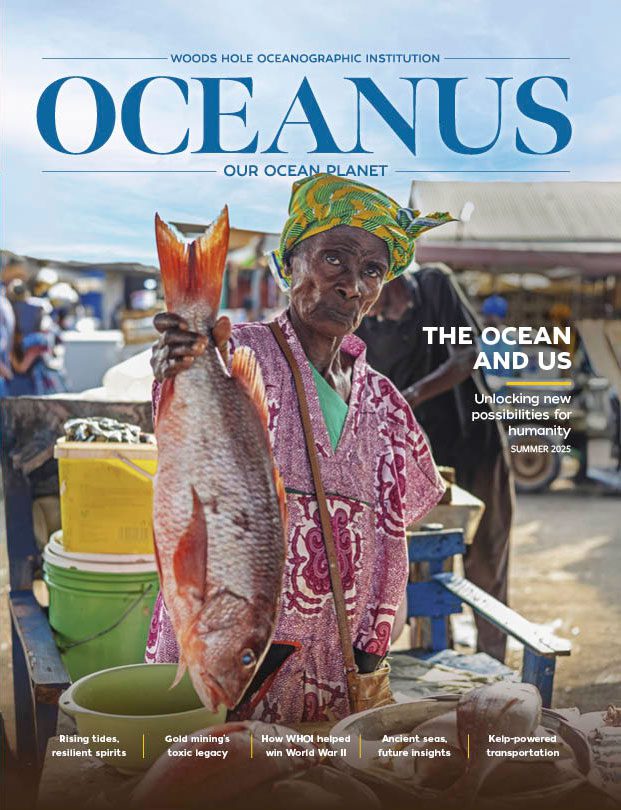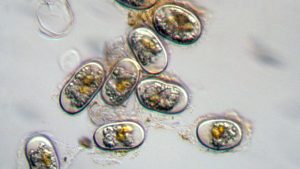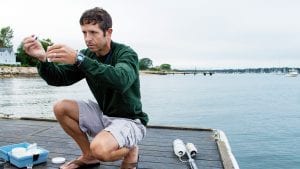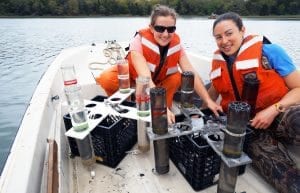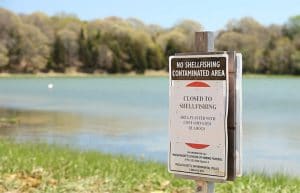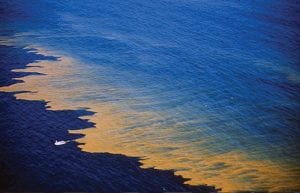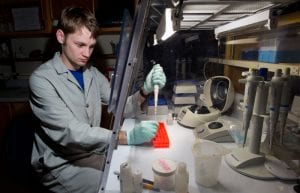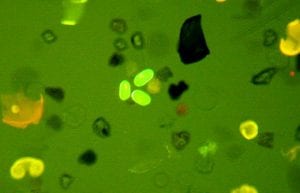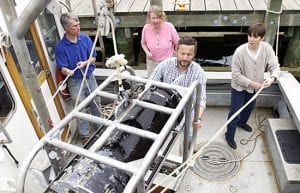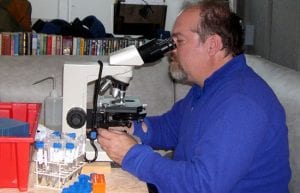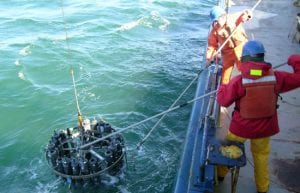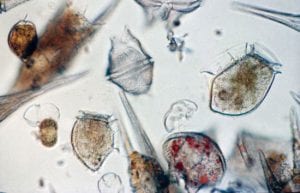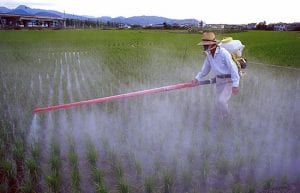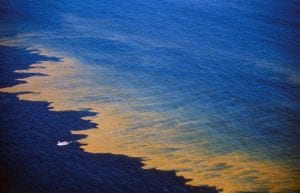Harmful Algae & Red Tides
Busting myths about HABs
WHOI researchers give you the facts about toxic algal blooms
Are warming Alaskan Arctic waters a new toxic algal hotspot?
WHOI researchers warn Arctic communities following detection of a harmful bloom
Sargassum serendipity
A surprise find connects MIT students working on solutions for a harmful algal bloom in…
A dragnet for toxic algae?
To keep a close eye on harmful algal blooms, shellfish farmers are relying on a…
The Recipe for a Harmful Algal Bloom
Harmful algal blooms can produce toxins that accumulate in shellfish and cause health problems and…
As Bay Warms, Harmful Algae Bloom
Warming coastal waters off southern Massachusetts are worsening the effects of pollution from septic systems,…
Not Just Another Lovely Summer Day on the Water
It looks like nice summer day on the water, but Alexis Fischer (right) and Alice…
Setting a Watchman for Harmful Algal Blooms
As harmful algal blooms are becoming more frequent and severe worldwide, researchers in the lab…
Dropping a Laboratory into the Sea
Scientists at WHOI deploy moored robotic laboratories in the Gulf of Maine for long-term monitoring…
Brown Tides and Redfielders
Come spring, Louie Wurch’s mind turns toward softball and another, less idyllic seasonal phenomenon: brown…
Scientists Use “ESP” to Track Harmful Algae
Researchers in biologist Don Anderson’s lab are celebrating a new arrival—a gleaming, 3-foot-high robotic instrument…
Researchers Successfully Forecast 2008 Red Tide
A research team led by scientists at Woods Hole Oceanographic Institution (WHOI) successfully predicted the…
Cytobot Gives Early Red Tide Warning
An automated underwater microscope developed by scientists at Woods Hole Oceanographic Institution (WHOI) detected an…
Building a Computer Model to Forecast Red Tides
The algae Alexandrium fundyense are notorious for producing a toxin that accumulates in shellfish such…
Anderson Addresses UN Ocean Commission
Senior Scientist Don Anderson of the WHOI Biology Department was invited to deliver the Bruun…
Red TideGone for Now, But Back Next Year?
The historic bloom of toxic algae that blanketed New England's waters and halted shellfishing from…
Seeing Red in New England Waters
Coastal resource managers shut down shellfish beds in three New England states in mid-May—including rare…
Risks and Remedies from the Sea
Researchers from Woods Hole Oceanographic Institution, the Marine Biological Laboratory (MBL), and the Massachusetts Institute…
A Fatal Attraction for Harmful Algae
Estuaries are the borderlands between salt and freshwater environments, and they are incredibly diverse both…
Red Tides and Dead Zones
The most widespread, chronic environmental problem in the coastal ocean is caused by an excess…
The Growing Problem of Harmful Algae
Harmful algal blooms are natural and they are not new. But ocean scientists are growing…
